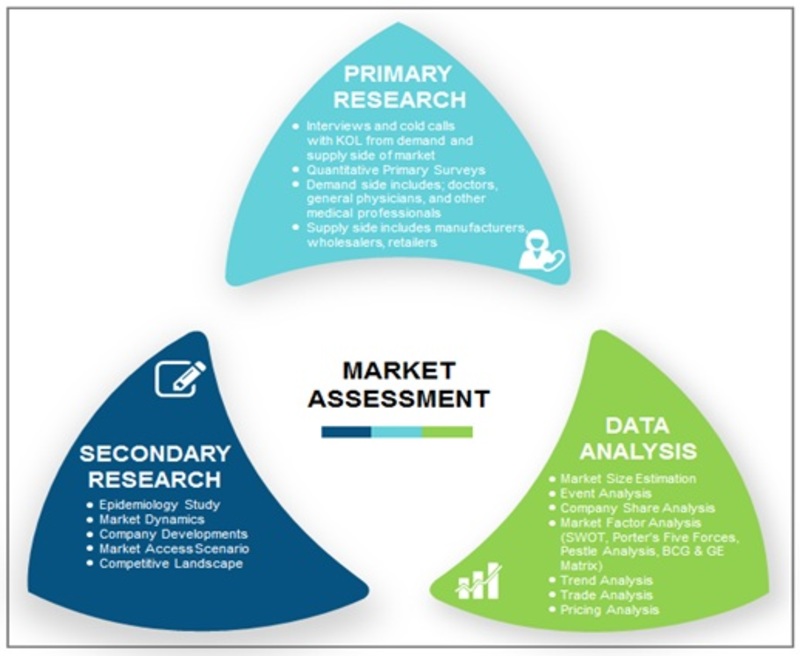The Complete FAQ On Refractive Lens Exchange: Important Information You Need To Know
The Complete FAQ On Refractive Lens Exchange: Important Information You Need To Know
Blog Article
Short Article Composed By-Miller Lorentzen
If you're taking into consideration refractive lens exchange, you possibly have a lot of inquiries. This procedure could transform exactly how you see the globe, supplying benefits like lowered dependancy on glasses. Nonetheless, it's necessary to understand the procedure, threats, and that certifies as a good prospect. Let's check out these important facets so you can make an enlightened decision about whether RLE is right for you.
What Is Refractive Lens Exchange and How Does It Function?
Refractive lens exchange (RLE) is an operation made to change your eye's natural lens with a synthetic one, fixing vision problems like nearsightedness, farsightedness, or presbyopia.
Throughout the procedure, your doctor makes a small cut in the eye, eliminates your all-natural lens, and inserts an intraocular lens (IOL) customized to your vision requires. This outpatient surgery normally takes around 15 to half an hour per eye and is performed under regional anesthesia.
You'll likely notice improvements in your vision practically right away, though complete recovery might take a couple of weeks. RLE is particularly beneficial for those over 40 or with high prescriptions, using a long-lasting option compared to glasses or call lenses.
Your eye care professional can assist determine if RLE is right for you.
What Are the Conveniences and Risks of Refractive Lens Exchange?
Selecting refractive lens exchange can bring about considerable improvements in your vision, but it's important to evaluate both the benefits and threats before making a decision.
On the plus side, this procedure can boost your vision by fixing problems like presbyopia, myopia, and hyperopia. Lots of patients appreciate minimized reliance on glasses or contact lenses, which can greatly enhance their lifestyle.
Nevertheless, it's essential to consider potential threats. Complications can include infection, glare, or halos around lights.
There's likewise Cost Of LASIK For Nearsightedness of overcorrection or undercorrection, which might call for extra treatments.
Who Is an Ideal Candidate for Refractive Lens Exchange?
If you're taking into consideration refractive lens exchange, it's important to understand whether you fit the account of an excellent prospect. Typically, you might be an excellent prospect if you're over 40, experience presbyopia, or have high levels of nearsightedness or farsightedness.
It's additionally essential that your vision is steady, implying your prescription hasn't transformed considerably in the past year. If you have cataracts or various other eye conditions, you may take advantage of this treatment as well.
However, specific aspects, like uncontrolled diabetic issues or autoimmune conditions, can invalidate you. To establish your candidacy, talk to an eye care expert that can examine your particular scenario and advise the very best course of action customized to your requirements.
hop over to here
To conclude, refractive lens exchange can be a transformative option for boosting your vision, especially if you're over 40 or have a high prescription. While the benefits are significant, it's important to consider the dangers and talk to your eye treatment expert to identify if you're a suitable prospect. With the best information and support, you can make an educated choice and potentially appreciate a life with minimized dependence on glasses.
